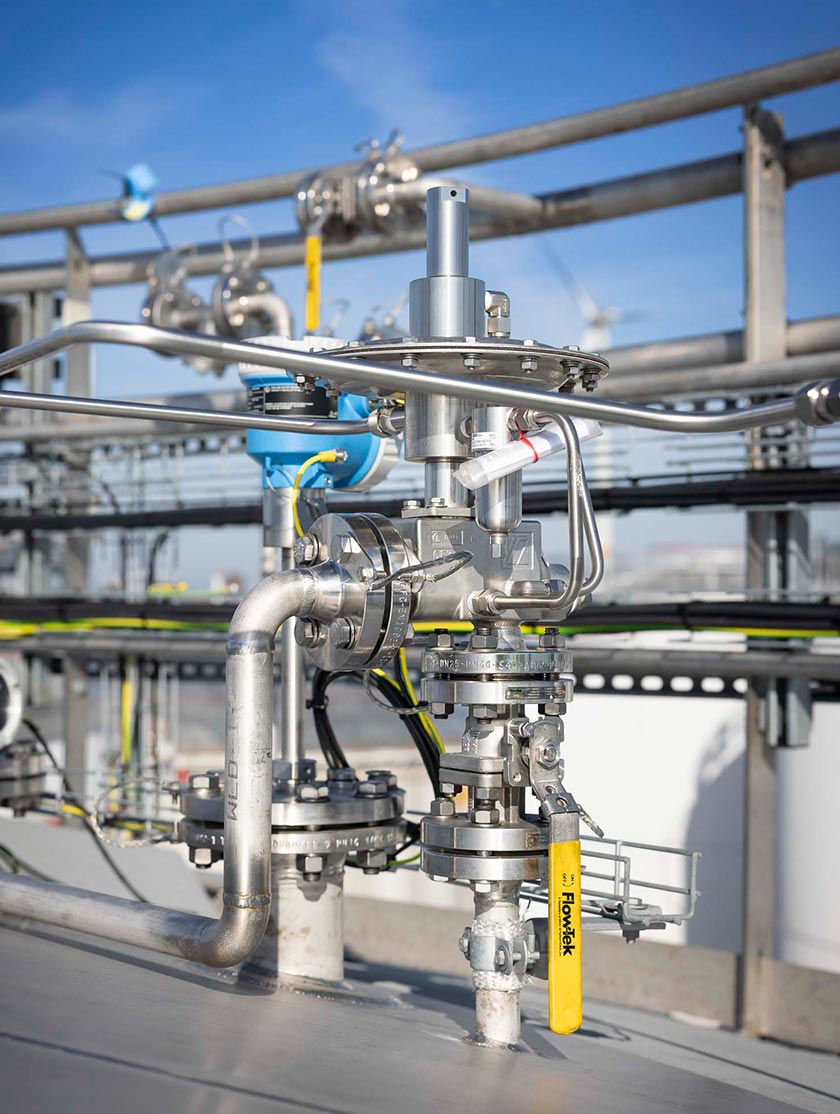Safety Tips for Using Pressure Reducing Regulators Effectively
Understanding the Pressure Reducing Regulator (also referred to as pressure regulator)
A pressure reducing regulator is a device designed to maintain a set outlet pressure that is lower than the inlet pressure. Its main function is to control and reduce the pressure of a fluid or gas to a safe and usable level for downstream equipment or processes.
Key Functions of a Pressure Reducing Regulator
- Reduces inlet pressure to a consistent, lower outlet pressure
- Protects downstream equipment from high pressure damage
- Ensures stable and safe system operation
Types of Pressure Reducing Regulators
| Type | Description | Application |
|---|---|---|
| Direct-Acting Pressure Reducing Regulator | Uses a spring-loaded diaphragm to control pressure directly. | Low flow, low pressure applications. |
| Pilot-Operated Pressure Reducing Regulator | Uses a pilot regulator to control the main valve, providing precise regulation. | High flow and high pressure applications. |
Benefits of Using Pressure Reducing Regulators
- Improves system safety by preventing overpressure
- Enhances efficiency by maintaining optimal pressure levels
- Reduces wear and tear on downstream components
New to Pressure Reducing Regulators? Start with Expert Support |
Whether you're just learning the basics or comparing regulator types, Cashco’s lineup offers solutions for every industrial need. Browse our pressure reducing reglator models or complete the Regulator Sizing Form to get personalized guidance from our team.
See Pressure Reducing Regulators in Action |
Our animation breaks down how a pressure reducing regulator controls pressure with precision.





